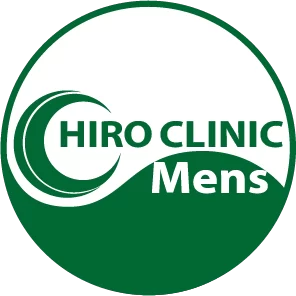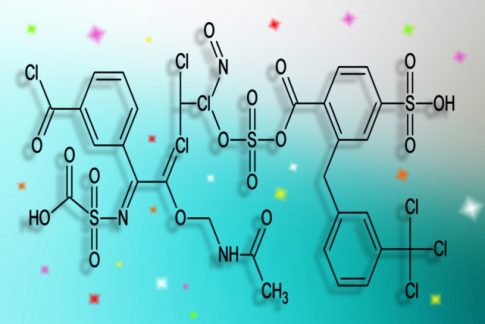この記事の概要
Regenerative medicine for AGA (male pattern baldness) is a treatment that has been attracting attention in recent years and is expected to be effective in some cases. Regenerative medicine is a technology that uses the body's own healing ability to repair and regenerate damaged tissues and cells. The following is a detailed explanation of how these therapies work for AGA.
1. PRP therapy (polycythemia vera plasma therapy)
PRP therapy uses the patient’s own blood to stimulate the regeneration of hair follicles; PRP is the platelet-rich portion of the blood that is rich in growth factors. These growth factors play a role in repairing hair follicles and supporting hair growth.
PRP Therapy Flow:.
- Blood sampling: Patient’s blood is collected and PRP is extracted from the blood using a centrifuge.
- Injection into the scalp: Extracted PRP is injected into the scalp where thinning hair is a concern. This allows the growth factors to reach the hair follicles directly, thereby regenerating the follicles and stimulating hair growth.
Effects
- Promotes hair root regeneration: Growth factors stimulate hair follicles and support hair growth.
- Increased hair density and thickness: Hair is reported to be thicker and denser.
- Fewer side effects: Because the patient’s own blood is used, the risk of allergic reactions and side effects is low.
Limit: 1
- Individual differences: The effectiveness of PRP therapy varies from person to person; depending on the progression of AGA and the condition of the hair follicles, dramatic improvement may not be seen.
- Requires regular treatment: Multiple treatments are needed to maintain efficacy, and maintenance treatments must be ongoing.
2. stem cell therapy
Stem cell therapy is a treatment that uses the regenerative ability of stem cells to repair and regenerate damaged hair follicles. Stem cells have the ability to differentiate into other cells and are used to regenerate a variety of tissues; AGA therapy primarily uses adipose-derived stem cells and mesenchymal stem cells.
Stem Cell Therapy Flow:.
- Stem cell extraction: Stem cells are harvested from the patient’s fat tissue or blood and grown in culture.
- Injection into the scalp: Inject the multiplied stem cells into the scalp to promote repair and regeneration of hair follicles.
Effects
- Hair root repair: Repairs damaged hair root cells and aids healthy hair growth.
- Secretion of growth factors: Stem cells secrete growth factors, which support hair regeneration.
- Long-term effects: Stem cell therapy injects cells with regenerative potential into the scalp, and thus is expected to have relatively long-term effects.
Limit: 1
- High treatment costs: Because stem cell therapy is an advanced technology, treatment costs are often high.
- There are individual differences in effectiveness: Stem cell therapy also has individual differences in effectiveness and may have limited effect depending on the progression of AGA and the condition of the hair follicles.

Effective cases and limitations of regenerative medicine
Regenerative medicine is considered effective in the early stages of AGA or when the hair follicles have not yet completely died. If the hair follicles can still be activated, regenerative medicine may stimulate hair growth and improve thinning hair.
However, if the AGA has progressed to the point where the hair follicles have completely lost function, regenerative medicine may not be fully effective. In this case, surgical treatment such as hair transplantation may be necessary.
Combination of regenerative medicine with other therapies
Regenerative medicine can be used in combination with other AGA treatments (finasteride and minoxidil).Synergistic effects can be expected as regenerative medicine promotes the repair and regeneration of hair follicles, while oral and topical medications inhibit the progression of AGA.
summary
Regenerative medicine for AGA has attracted attention for PRP therapy and stem cell therapy as new treatments that promote the repair and regeneration of hair follicles. These therapies are effective when the hair follicles are still functioning and are expected to promote hair growth.
However, the effects vary from person to person and may not be sufficient for advanced stages of the disease. When considering regenerative medicine, it is important to consult with a specialist and select a treatment method suitable for you. In some cases, combining regenerative medicine with other treatment methods may provide a higher level of effectiveness.










